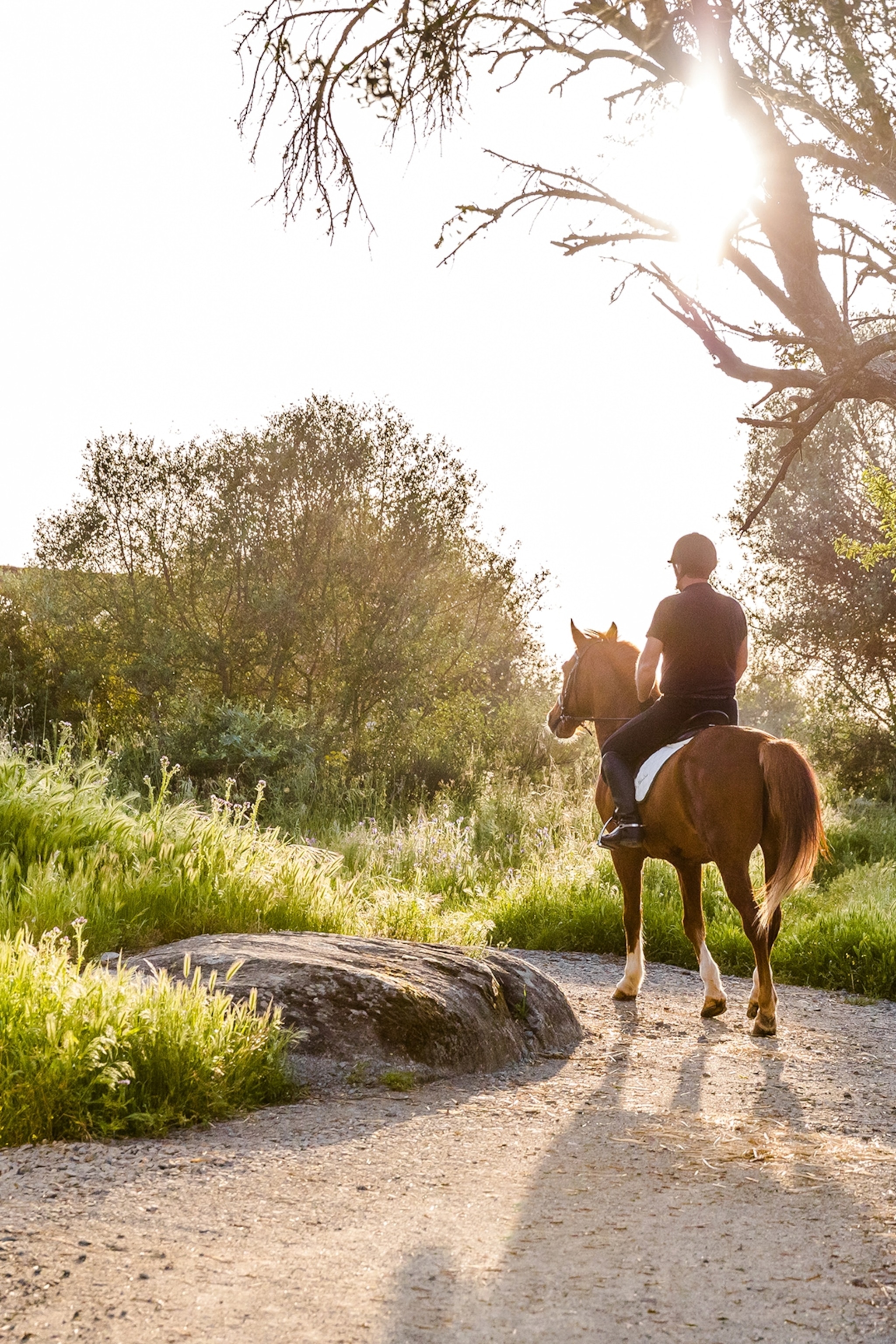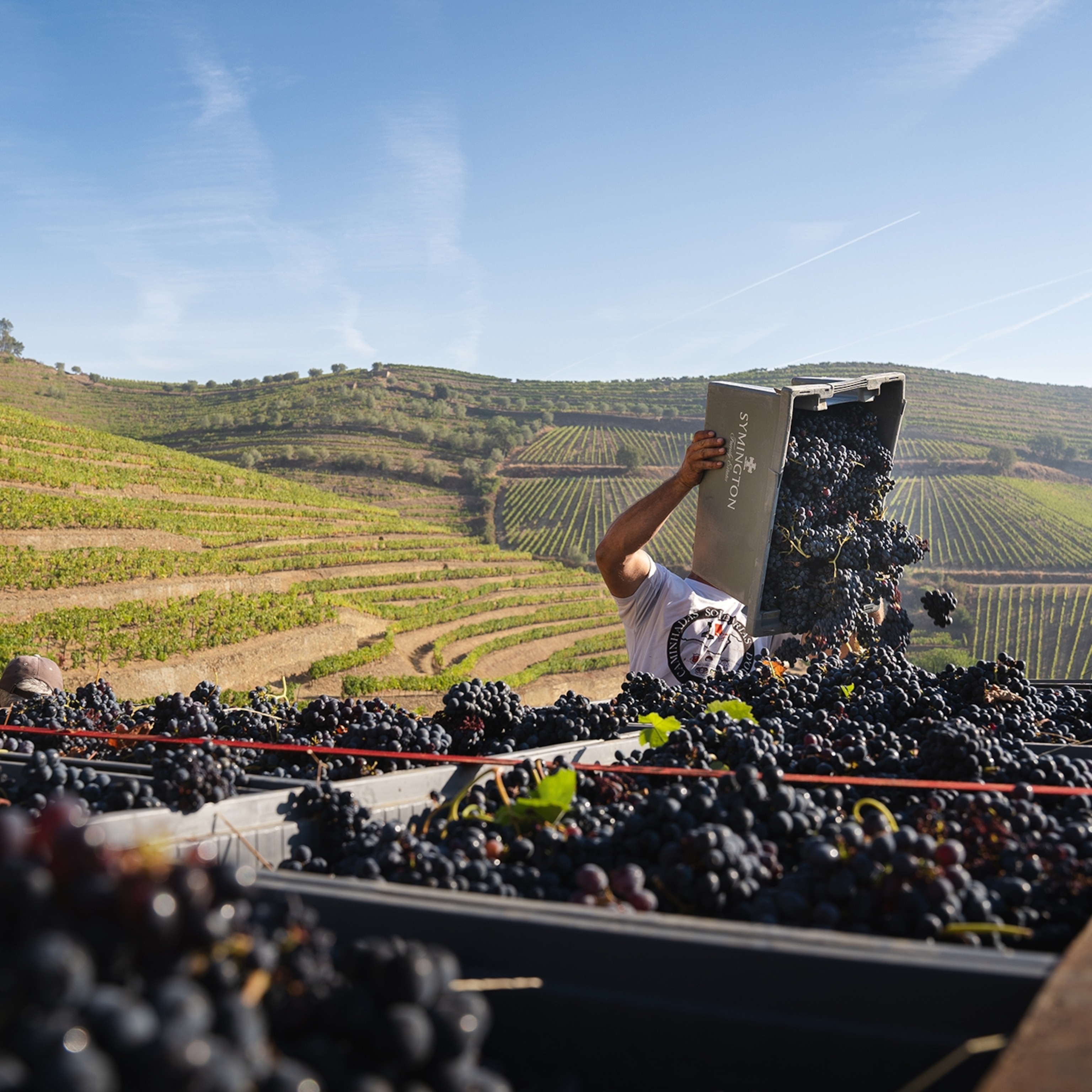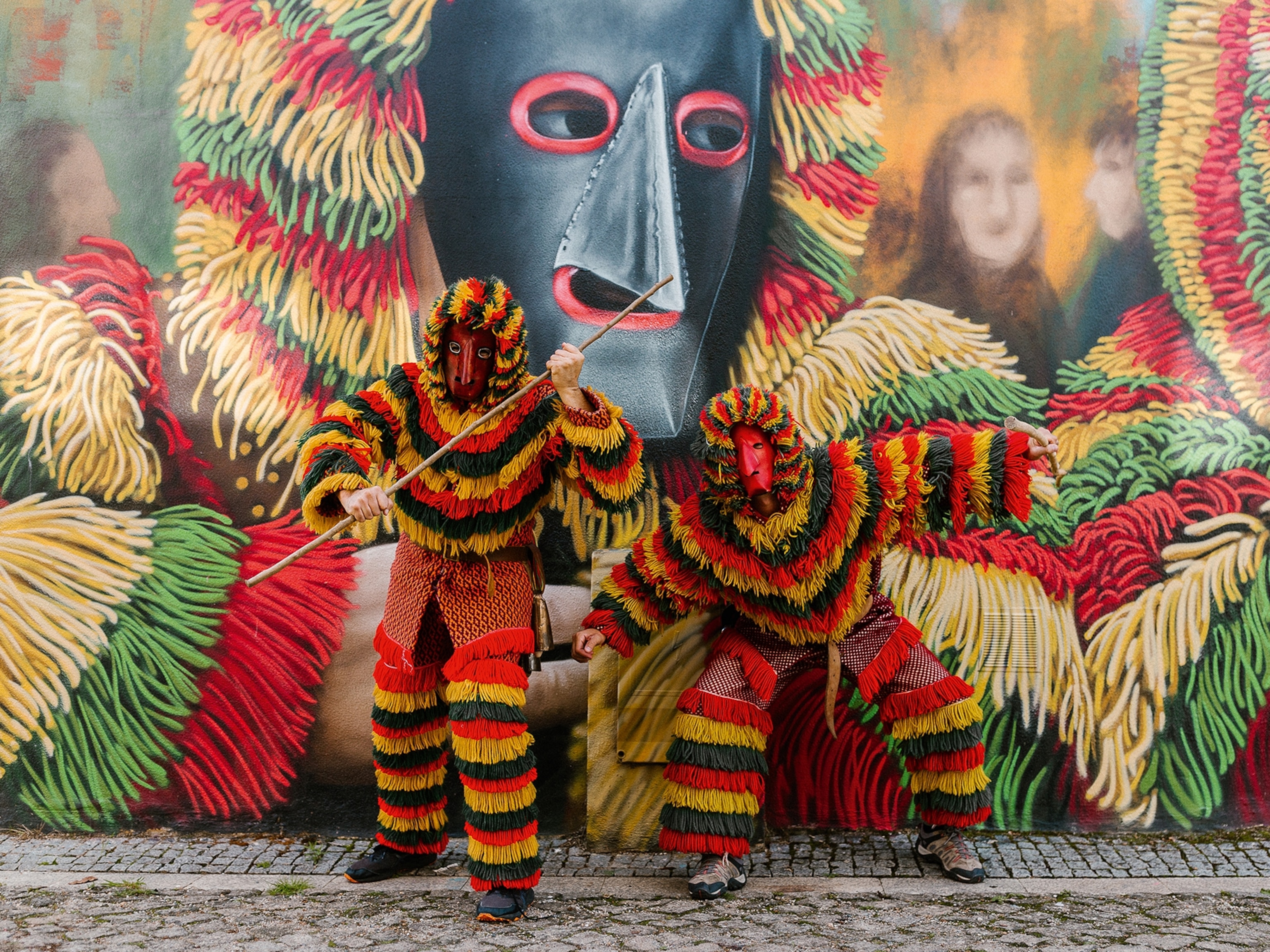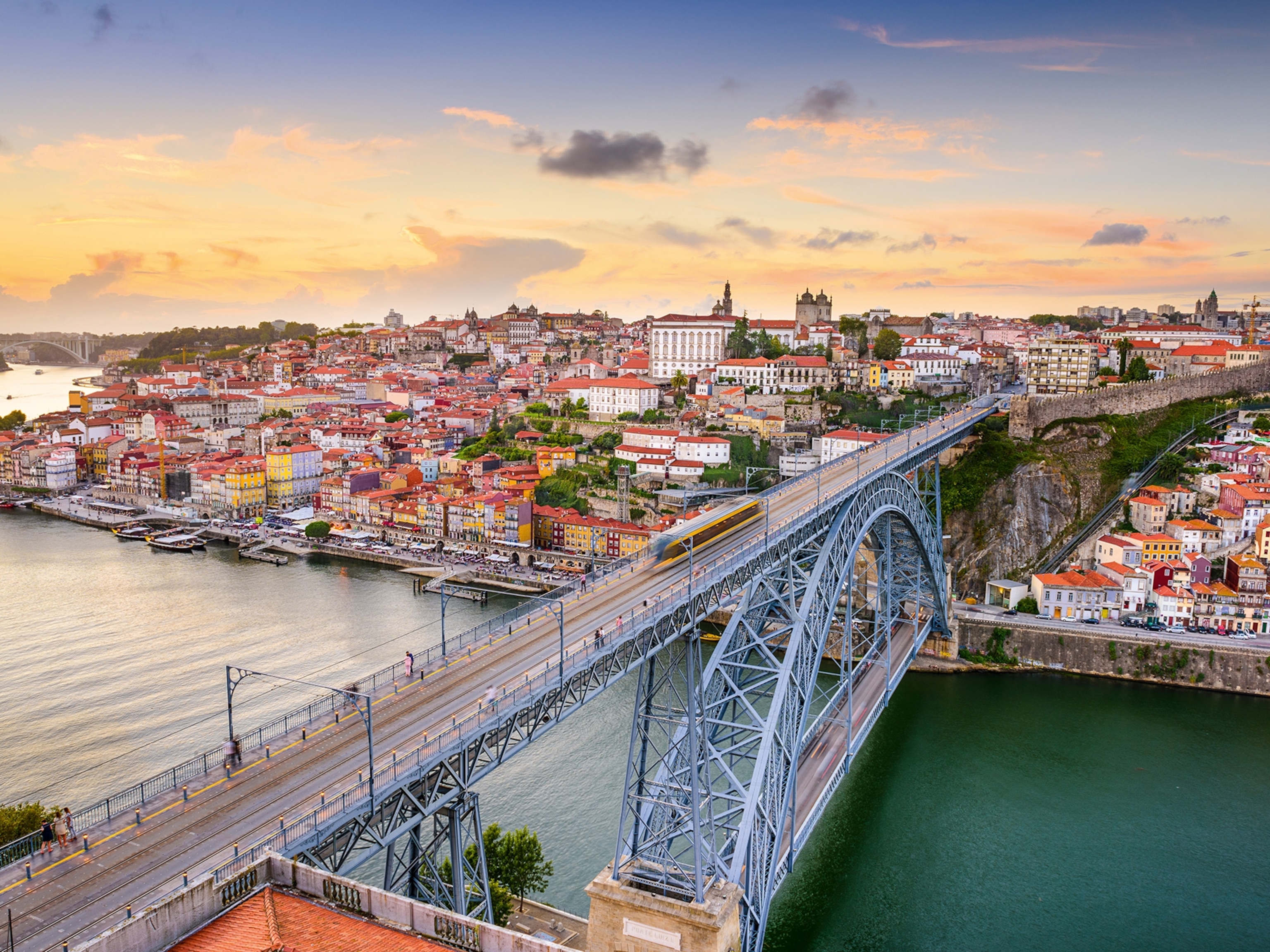How to spend a weekend in Portugal’s unsung region of Alentejo
Portugal’s unsung region of Alentejo is perfect for soft adventures. From horse-riding and beekeeping to kayaking under a dazzling night sky, here’s how to make the most of the area in two days.

Deep in Portugal’s rural south, the region of Alentejo is dry and sun-scorched. Low hills of parched grassland roll towards the horizon, eucalyptus plants glint silver in the sun, and thousand-year-old olive trees stand sentinel over the landscape. Today, however, another colour dominates: a vast expanse of cerulean blue. This is the Alqueva Reservoir, Western Europe’s largest artificial body of water, formed in 2002. When night falls, shooting stars seem to bounce off the water and myriad constellations reflect off its glassy surface. Designated the world’s first Starlight Tourism Destination, with few towns and miles of uninterrupted countryside, the region may brim with daytime adventures, but it’s at night that Alentejo really shines.

Day 1: Vineyards & Villages
Morning
Wake early enough on your first morning in Alentejo and you’ll see Saturn on the horizon. The most distant planet that can be seen with the naked eye, Saturn burns brightest here at 5am, signalling the start of the day for grape pickers up and down the region. Come autumn, vines are heavy with grapes, and with Alentejo’s clay soils and dry climate, whites here take on fresh, acidic notes with floral undertones. Base yourself at São Lourenço do Barrocal, a working farm and luxury hotel surrounded by ancient holm oaks, olive groves and vineyards — the latter produces some of the region’s best sparkling. Take a tour of the organic vineyard to see the 14 different kinds of grapes grown here, watch the pressing process and learn about the fermentation method, before sitting down to a tasting. A warm, wet spring has meant 2024 has been a great year for rosé, and in-house wine expert, Martim Aleixo, will wax lyrical about the estate’s vinho rosé, with its soft, strawberry finish, before offering up four more whites and a local port from a neighbouring vineyard. When in Portugal, after all.
Afternoon
After a charcuterie board and platter of local cheeses (the queijo de nisa has hints of walnut and is particularly good), make the five minute journey to the fortified hilltop settlement of Monsaraz. One of the oldest villages in Portugal, with roots dating back to prehistoric times, Monsaraz has been home to many civilisations over the centuries, including the Romans and Moors, before being reconquered by Christian forces in the 12th century. Its rich history is evident in its narrow, cobbled streets, as well as the imposing Monsaraz Castle. Peering over its crenelated walls, it’s possible to get a sense of the Alqueva Reservoir’s scale. The newly dammed Guadiana River filled once-arid valleys and made islands out of hilltops. Around the lake, the region is a sprawling landscape of golden wheat fields, row upon row of vines, and a pretty smattering of olive trees.
While you’re in Monsaraz, make sure to visit the 13th-century church, Igreja de Nossa Senhora da Lagoa, as well as the former courthouse and medieval pillory, before sitting down for a bite to eat in one of the many al fresco restaurants lining the square.
Evening
As dusk falls, experience the great Alqueva Resevoir from a wholly different angle: on the water. Kayaking trips with Break! are led by Francisco Guerreiro, a charismatic local with an infectious laugh and a passion for the stars. As the sun sets, turning the water a fiery red, and to the soft sound of paddles slicing the water, Francisco guides guests to a tiny island — one of 500 dotted across the lake — complete with a small sandy beach and picnic table. Expect a relaxed lesson in astronomy, with Francisco pointing out the pulsing red heart of the Scorpius constellation over large glasses of local red, platters of crumbly sheep’s cheese and a mountain of black pork chouriço (smoked sausages) he buys each morning from his friend in the next-door village. Alentejo has the largest land area but the smallest population of any region in mainland Portugal, and the silence that envelops you is proof enough. After a couple of glasses of wine, kayaking back may prove a challenge, but the water’s bath-like temperature, which stays above 25C well into autumn, means an unplanned swim won’t go unwelcomed.


Day 2: Boars, bees & a sky blanketed in stars
Morning
The scarcity of people in Alentejo means wildlife abounds — jump in the saddle and set out on a horseback safari to see for yourself. Sightings will likely include boar snuffling for grubs in the undergrowth, spotted deer darting for cover as you pass and myriad bird species such as black kites, cormorants and the rare crested lark. The region is also home to a wondrously beautiful herd of wild horses. Led by a fierce, snow-white stallion, this family of seven are well-loved locally, though the feeling might not be mutual, and the male will likely watch you haughtily until you trot out of sight.
Back at the ranch, continue the morning’s nature theme with a visit to resident beekeeper, Fábio Monte. To a backdrop of gentle humming emanating from the hives, he shows you how to harvest honey, spot the queen and tell male from female. He was the first person in the region to produce organic honey and a couple of hours in his company naturally involves lots of tastings, but you’ll also learn about the dangers bees face today and the catastrophic affect their demise would have on humanity.
Afternoon
Better, even, than the views from the battlements at Monsaraz Castle are those from the air, so take to the skies on a balloon ride with local outfit Emotion. Other than the occasional roar of liquid propane firing you closer to the clouds, the silence is spellbinding. The rolling Portuguese countryside stretches away to infinity far below, and suddenly you’re sharing a space solely with the birds you spotted on your morning safari. Should the wind carry you in the right direction, pilot Carlos Sousa will point out the lost village of Aldeia da Luz, one of the few settlements that was entirely submerged during the creation of Alqueva Reservoir. Most villagers unwillingly moved to a nearby site, taking with them their doors, windows and garden gates. Even the cemetery was relocated, and the new village appears on an adjacent hill like a toy town of tiny yellow houses and neat lawns. Not far beyond is the small town of Mourão. From your aerial perspective, look out for the battlements of its medieval castle — its six-point shape is like a star in a drawing of the sky at night.

Evening
On your last evening, don’t miss eating at slow-food, farm-to-fork restaurant Hortelao. This delightful dining spot features Big Green Egg barbecues, serving food straight from the grill to rustic wooden tables. Beneath strings of fairy lights and a sky blanketed in stars, tuck into sizzling pork belly and fish fresh from the Alqueva Reservoir, alongside rainbow salads, grilled vegetables and glasses of rich local red.
Afterwards, head to the region’s crowning glory: the Official Observatory of Dark Sky Alqueva. Resident astronomer Juan takes you on journey through the cosmos, sharing the stories behind constellations and putting into perspective the sheer enormity of space. Peer through the eyepiece of a hulking on-site telescope to see the Messier 13 globular cluster in Hercules appear as a glittering spider’s web, 25,000 light years away, as well as the doughnut-shaped sphere of a dead star, once the size of our sun. If you visit in August, prepare for a close-up view of a meteor shower, where 60 shooting stars an hour illuminate the sky in nature’s most astonishing firework display.
Three constellations to look for when stargazing
1. Ursa Major (The Great Bear)
Ursa Major is one of the most easily recognisable constellations in the northern hemisphere. Its most famous part is the asterism known as the Big Dipper, formed by the seven brightest stars in the constellation. This dipper shape is a great guide for finding the North Star, as the two stars at the end of the dipper’s bowl point directly to it. Ursa Major has been a key constellation across many cultures, appearing in ancient mythology and used for navigation by mariners. It includes various deep-sky objects such as galaxies and double stars, making it a rich field for amateur astronomers.
2. The Summer Triangle
Not strictly a constellation, the Summer Triangle is an asterism formed by three of the brightest stars in the northern hemisphere’s summer sky: Vega, Altair and Deneb. It’s directly overhead in July and August, and prominent well into autumn, too. Each of the three stars belongs to a different constellation, and together, they guide stargazers to some of the most interesting areas of the Milky Way, offering a gateway to many deep-sky objects such as nebulas and star clusters.
3. Orion
Best seen from Portugal in the winter, and named after a hunter in Greek mythology, Orion features several bright stars, including Betelgeuse, a red supergiant marking Orion’s shoulder, and Rigel, a blue supergiant at his foot. The constellation is notable for its distinctive belt, made up of three stars running in a straight line, which leads to other celestial objects like the Orion Nebula, a stellar nursery where new stars are forming.
How to do it
To subscribe to National Geographic Traveller (UK) magazine click here. (Available in select countries only).







